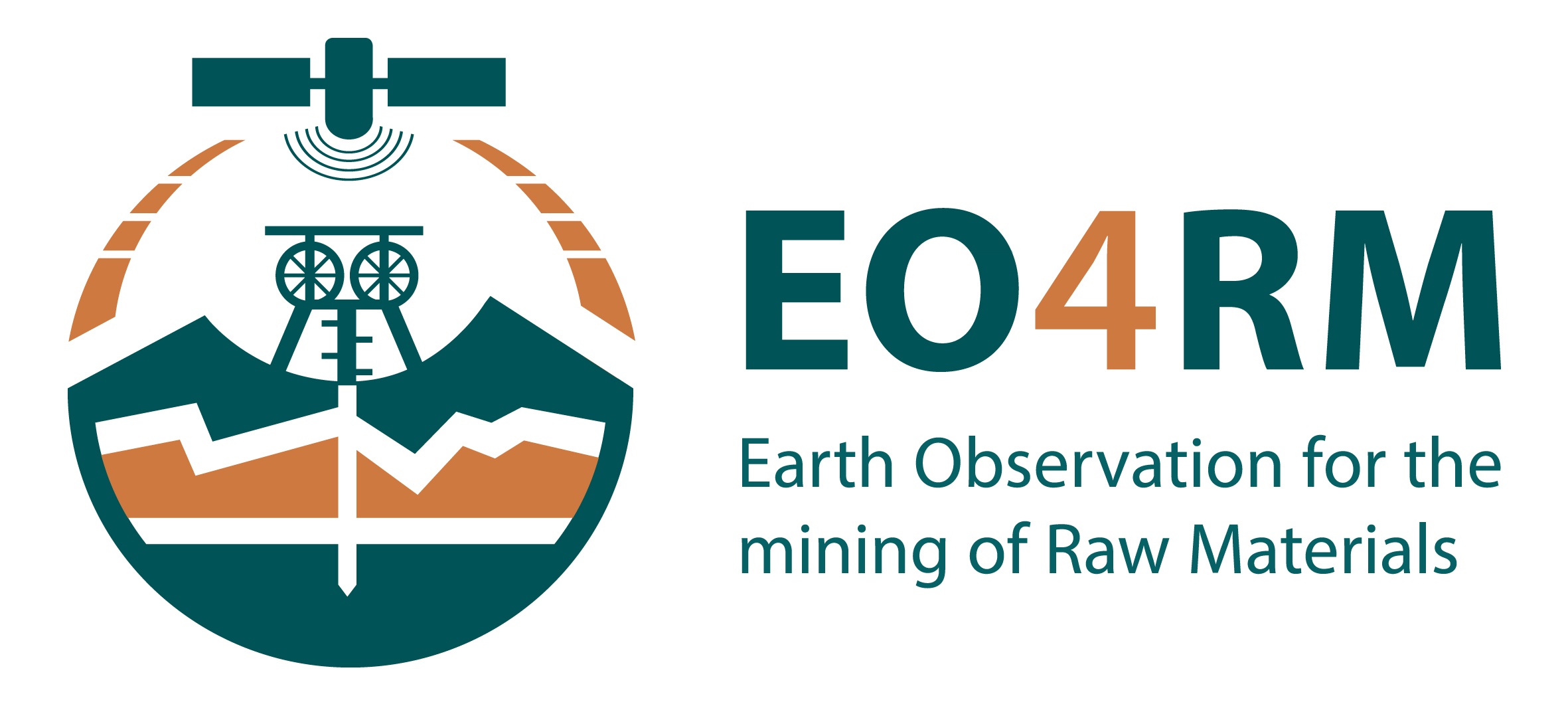Orthophoto Map | ||||||||
Orthophoto (Source: GeoVille) | ||||||||
PRODUCT DESCRIPTION | ||||||||
Category | ||||||||
|
| |||||||
Uses | ||||||||
| ||||||||
Challenges addressed | ||||||||
| Development and Operations – Land Ownership Mapping | ||||||||
Geo-information needs | ||||||||
| DO-3: Land owned by operation | ||||||||
Description | ||||||||
Information on ownership structure regarding the mining activities as well as the surrounding area is vital. Remote sensing can provide orthophotos that can be used as a basemap for maps regarding land cover by the mining operation. An orthophoto may support various tasks in logistics planning and operations as it provides a good overview on a big area. Compared to other imagery sources, a bigger area is covered. The generated orthophoto provides a good visual basis for infrastructure set-up. Also, a map showing the ownership over a special area can be generated. However, additional data such as cadastre data regarding ownership and other titles of possession is needed that can be provided by public authorities. Orthophotos support this additional data with a visualization as a background image of the earth’s surface. They are derived from satellite imagery through geometrical corrections (“orthorectification”). Contortions through altitude differences of the terrain as well as the curvature of the earth and the satellites elevation angle must then be corrected, otherwise the image shows terrain displacement with hundreds of meters. Digital Elevation Models (DEM) are used here to remove the distortions as well as other techniques such as radar interferometry and LiDAR to meet required accuracy rates. When orthorectification is completed, several thematic maps showing ownership of company and other types of ownership and possession within the mining area as well as the surrounding can be the output of the product. | ||||||||
Known restrictions / limitations | ||||||||
| How well a product represents the earth’s surface is highly dependent on the quality and resolution of satellite imagery. Additional data is needed to get the required information on ownership. | ||||||||
Lifecycle stage and demand | ||||||||
Exploration | Environmental Assessment and Permitting | Design, Construction and Operations | Mine Closure and Aftercare | |||||
■ | ■■■■ |
| ||||||
Environmental Assessment & Permitting:
Design, Construction & Operations:
| ||||||||
Geographic coverage | ||||||||
| Globally available. | ||||||||
EARSC Thematic Domain | ||||||||
Domain | LAND | |||||||
| Sub-domain | Land use | |||||||
| Product description | Assess land value, ownership, type | |||||||
PRODUCT SPECIFICATIONS | ||||||||
Input data sources | ||||||||
| Satellite | RapidEye | IKONOS | Worldview 1, 2 and 3 | SPOT 6, 7 | Pleiades | |||
| Status | In operation | Archive | In operation | In operation | In operation | |||
| Operator | Planet Labs | Digital Globe | Digital Globe | Airbus Defence and Space | Airbus Defence and Space/CNES | |||
| Data availability | Commercial, on demand | Public | Commercial, on demand | Commercial, on demand | Commercial, on demand | |||
| Resolution (m) | 6,5 | 1 – 4 | 0.31 - 0.46 | 1.5 | 0.5 | |||
| Coverage | Global | Global | Global | Global | Global | |||
| Frequency (days) | < 6 | < 3 | < 2 | < 1 | < 1 | |||
| Launch year | 2008 | 1999-2015 | 2007/2009/2014 | 2012/2014 | 2011 | |||
Website | link | link | link | link | link | |||
Minimum Mapping Unit (MMU) | ||||||||
Minimum Mapping Unit depends on spatial resolution, see details above. | ||||||||
Accuracy / constraints | ||||||||
Thematic accuracy: An orthophoto map provides a visualization of the earth’s surface. As for thematic aspects, additional data is needed. Spatial accuracy: Dependent on input pixel resolution. | ||||||||
Accuracy assessment approach & quality control measures | ||||||||
Accuracy is assessed by comparing orthophotos with other imagery to see whether there are shifts. | ||||||||
Frequency / timeliness | ||||||||
Observation frequency: Every one or more days, depending on satellite. Timeliness of delivery: Within five (working) days of sensing. | ||||||||
Availability | ||||||||
IKONOS (1999–2015) and SPOT data (SPOT 6: since 2012; SPOT 7 since 2014) are freely available through the portal of ESA. WorldView, Pléiades as well as RapidEye data are commercially licenses and must be purchased through the operator/vendor. WorldView is provided by DigitalGlobe, RapidEye is distributed through Planet Labs. Pléiades can be purchased from Airbus Defence and Space. Usually available within hour(s) of satellite fly-over. | ||||||||
Delivery / output format | ||||||||
Data type: Raster formats File format: GeoTIFF, JPEG Other delivery formats: Report | ||||||||
USE CASE | ||||||||
(Source: GeoVille) Digital Reference Data An orthophoto map can be used as a visual basis for various needs. The example above shows a combination with transport data as well as the river structure. Also, infrastructure, buildings and various points of interest may also be combined with such data. | ||||||||



This page has no comments.